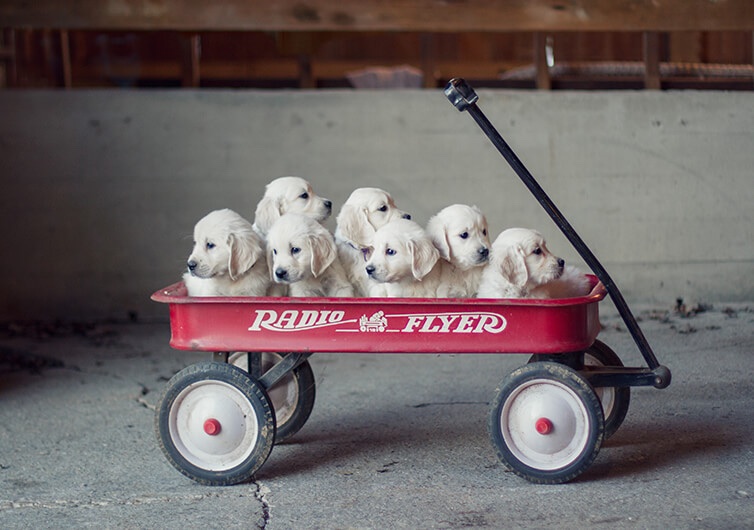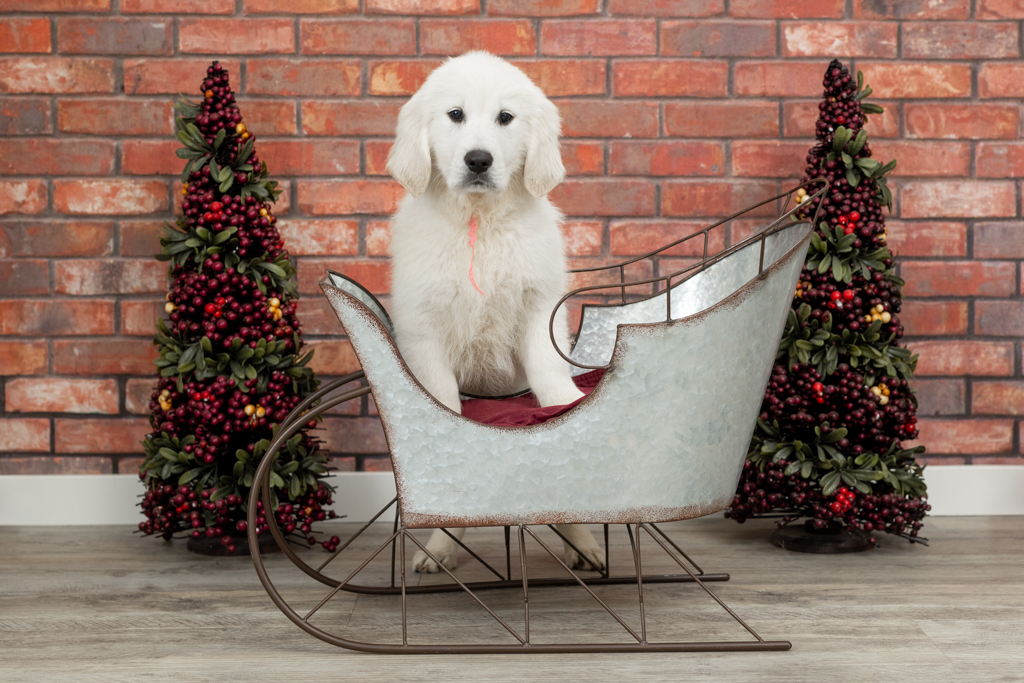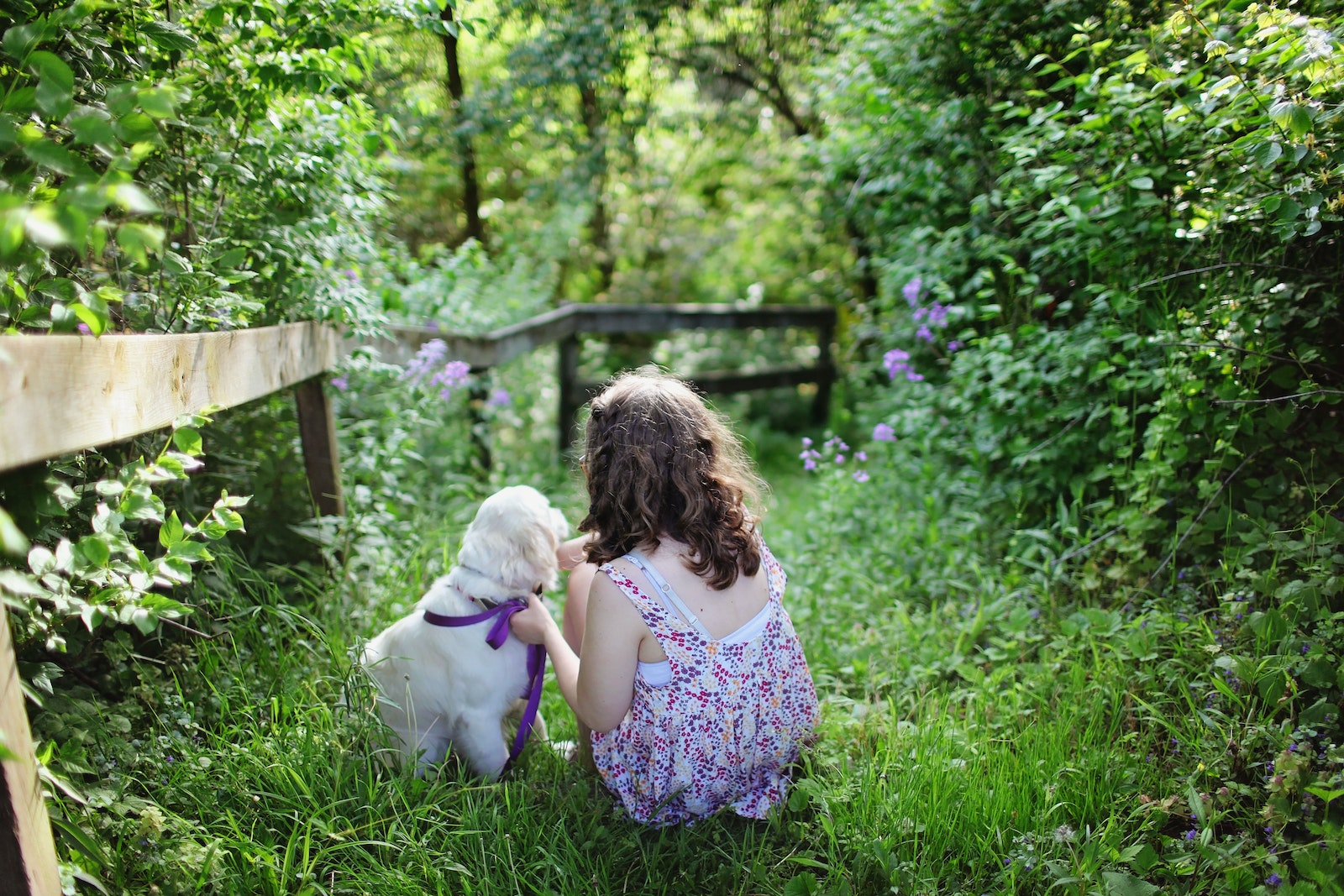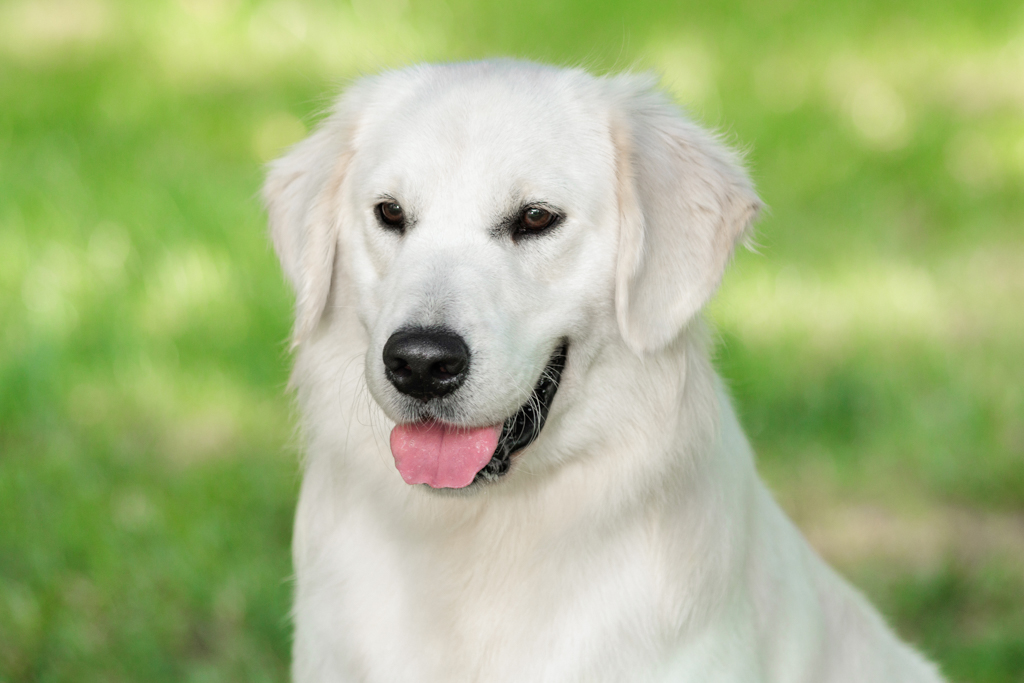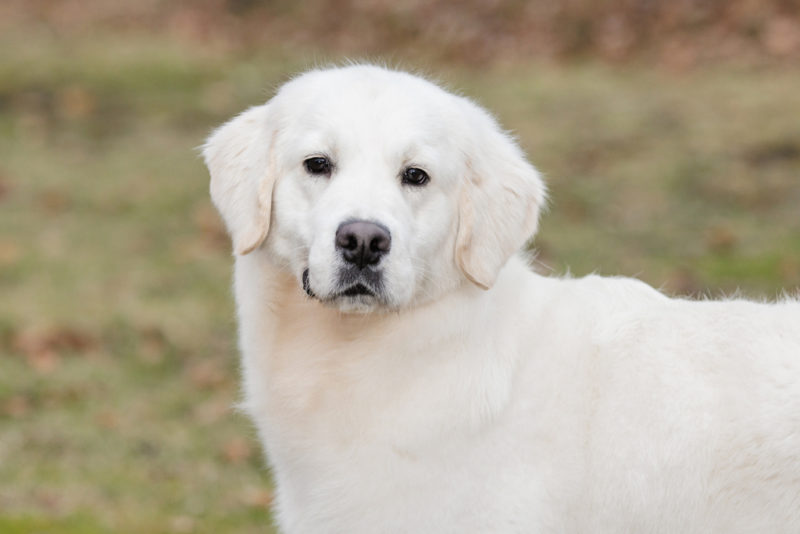Welcoming an adorable English Cream Golden Retriever puppy into your home can be overwhelming, especially when you’re wondering how to best raise them into well-rounded adults. One of the most crucial aspects of raising a healthy, well-adjusted dog is proper socialization. Socializing your puppy is not only about teaching them to be friendly but also helps them develop confidence and adaptability in various environments and situations. Failing to properly socialize a puppy can result in a timid or aggressive adult dog, which ultimately diminishes their quality of life.
At Majestic Manor Goldens, our mission is to provide families with healthy and great-tempered English Cream Golden Retrievers that will shower their homes with love, licks, and loyalty. As a family-run, premiere breeder of these beautiful dogs, we know the importance of effective socialization, and we’re here to offer guidance at every stage of your puppy’s journey.
In this blog post, we will walk you through the necessary steps to successfully socialize your English Cream Golden Retriever puppy. We’ll explore the dos and don’ts of introducing your pup to new experiences, people, and other animals, as well as share expert tips to ensure a smooth and positive socialization process for you and your four-legged friend.
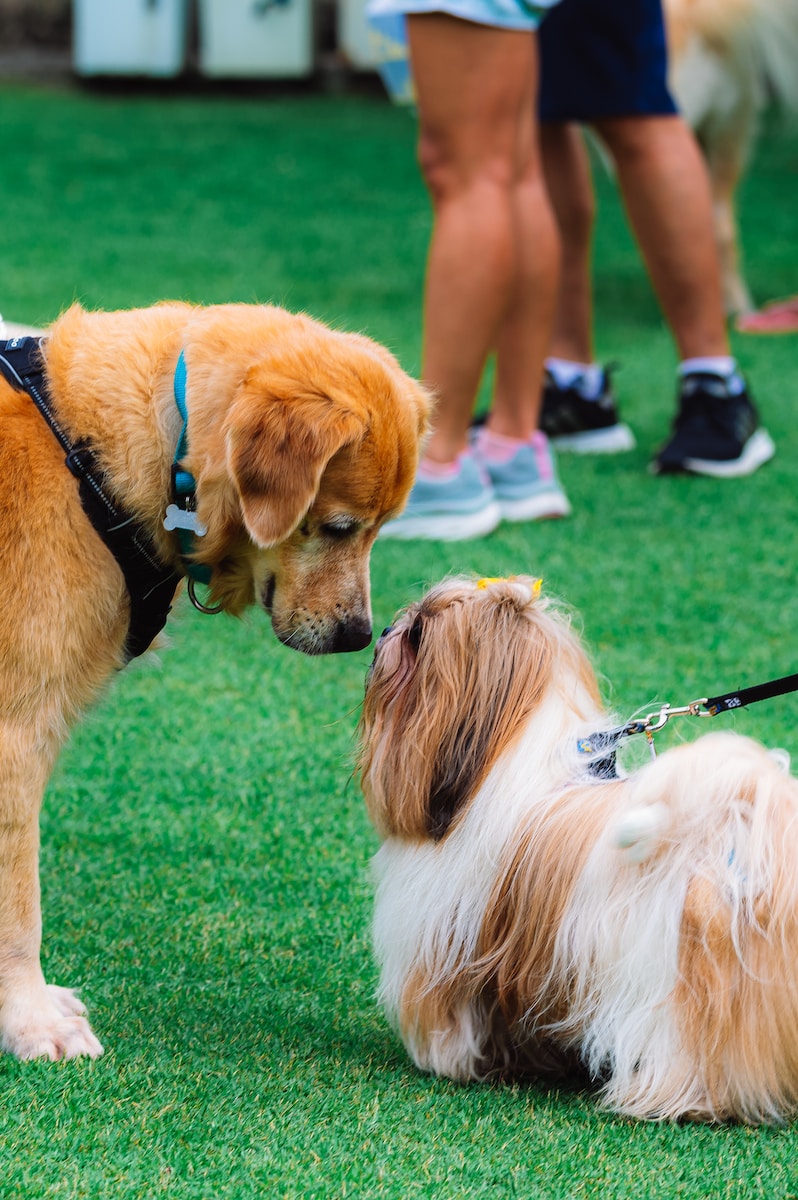
The Importance of Early Socialization
The critical socialization window for puppies is between 3 and 14 weeks of age. During this period, puppies are most receptive to new experiences and can more easily form positive associations with their environment. Although socialization can still be effective after this window has passed, it often requires more time and patience. Therefore, it’s crucial to start socializing your English Cream Golden Retriever puppy as soon as it’s safe to do so, ideally after they’ve received their first round of vaccinations.
Proper Exposure to New Environments
Introducing your English Cream Golden Retriever puppy to various environments is critical for their development. This encourages adaptability and ensures they feel comfortable in diverse situations. Here are some tips for providing your pup with enriching experiences:
- Start at Home: Before venturing into the great outdoors, familiarize your puppy with their immediate surroundings. Guide them through different rooms, allowing exploration and interaction with various household items, sounds, and scents.
- Gradually Increase Complexity: Begin with calmer settings, such as parks and quiet streets, before exposing your pup to busier environments like pet-friendly stores, and bustling city centers. Observing your puppy’s body language can help you gauge their comfort level and readiness for more complex situations.
- Add Variety: Regularly expose your puppy to different surfaces, such as grass, concrete, wood, and gravel, to familiarize them with various textures underfoot. Also, encourage your puppy to experience different sounds and sights, such as passing cars, bicycles, and pedestrians.
Meeting New People and Animals
Developing positive associations with various people and animals helps ensure your English Cream Golden Retriever becomes a friendly and confident companion. Keep these tips in mind when introducing your puppy to others:
- Encourage Calm Interactions: Ensure that initial meetings with people and animals are calm and controlled. People should approach your puppy gently, offering treats or affection as rewards for positive behavior. Avoid overwhelming your puppy with excessively enthusiastic greetings, as this can lead to fear or anxiety.
- Offer Praise and Rewards: Provide your puppy with verbal praise, treats, and affection when they interact positively with new acquaintances. This reinforces desirable behavior and helps build positive associations with meeting new beings.
- Include a Range of Individuals: Introduce your puppy to people of various ages, ethnicities, and abilities, as well as dogs of different breeds, sizes, and temperaments. Teaching your puppy that the world is full of diverse beings will contribute significantly to their overall understanding and social confidence.
Handling Fearful Situations
It’s important to recognize that your English Cream Golden Retriever puppy may exhibit signs of fear or anxiety during the socialization process. Here’s how to handle these situations:
- Be Patient and Encouraging: If your puppy seems hesitant or scared, remain calm and supportive. Encourage them with a gentle voice or comforting pats, but avoid forcing them into situations they clearly aren’t comfortable with.
- Use Desensitization and Counter-Conditioning Techniques: Gradually expose your puppy to the perceived threat from a safe distance while providing rewards for remaining calm. This can help your pup develop positive associations with the formerly frightening situation.
- Consult with a Professional: If your puppy’s fear appears to be unmanageable or worsening despite your efforts, consult with a veterinary behaviorist or certified professional dog trainer. They can provide personalized guidance and strategies to help your pup overcome their anxieties.
Common Socialization Mistakes to Avoid
Finally, to ensure success in your puppy’s socialization journey, avoid these common mistakes:
- Skipping the Critical Socialization Window: As mentioned earlier, puppies are most receptive to new experiences between 3 and 14 weeks of age. Don’t miss out on this opportunity to provide your English Cream Golden Retriever with essential early life experiences.
- Overwhelming Your Puppy: While it’s crucial to expose your puppy to a variety of situations, people, and animals, it’s essential to gradually introduce new experiences. Pay attention to your puppy’s body language and comfort levels, and avoid pushing them beyond their limits.
- Neglecting Ongoing Socialization: While early socialization is crucial, it’s not the end of your puppy’s social skills development. Continue providing exposure to new experiences, people, and animals throughout their life, ensuring they remain adaptable and well-rounded citizens.
Conclusion
Socializing your English Cream Golden Retriever puppy is a vital aspect of raising a well-adjusted, friendly, and confident adult dog. By following the steps outlined in this blog post, you’re setting the stage for a successful and enjoyable companionship with your furry family member. Remember to start early, gradually introduce new experiences, and always pay attention to your puppy’s comfort and reactions. By doing so, you’ll help your beloved English Cream Golden Retriever reach their fullest potential as a loving, well-mannered, and joyful canine companion.
Majestic Manor Goldens is a premiere English Cream Retriever breeder. We take pride in raising healthy and great-tempered dogs. Contact us now for more details.
